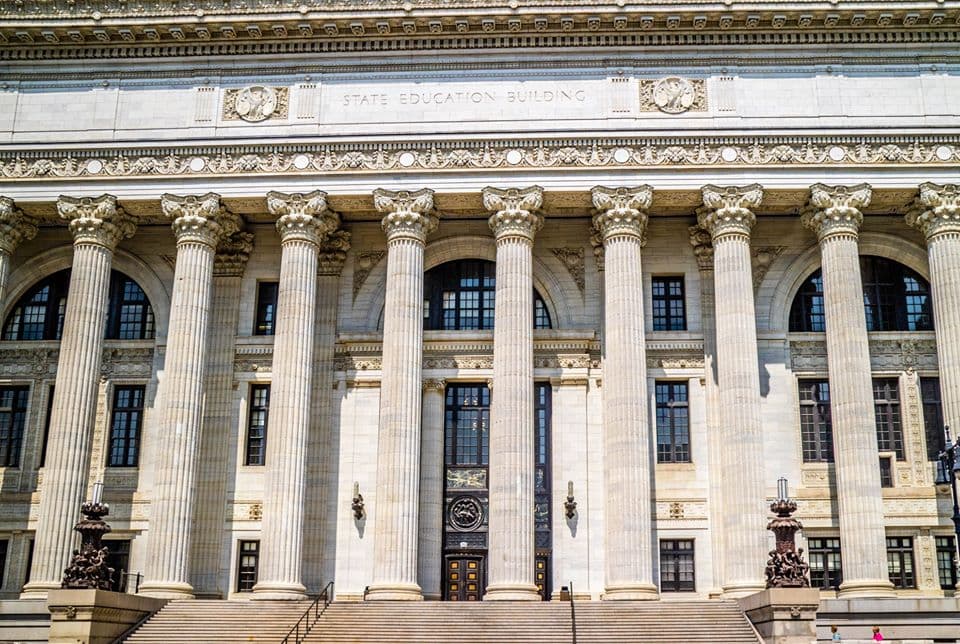As New York’s Public School Spending Surges, Accountability Gets Short Shrift
The Board of Regents is systematically dismantling the tools that empower the public to monitor school performance.

The New York State education budget is ballooning, while the Board of Regents is systematically dismantling the tools that empower the public to hold our schools accountable. In 2024, Governor Hochul allocated an unprecedented $34.5 billion in school aid — an increase of $1.3 billion from the previous year. At the same time, the Board of Regents has been enacting policies that undermine accountability in our public education system.
Please check your email.
A verification code has been sent to
Didn't get a code? Click to resend.
To continue reading, please select:
Enter your email to read for FREE
Get 1 FREE article
Join the Sun for a PENNY A DAY
$0.01/day for 60 days
Cancel anytime
100% ad free experience
Unlimited article and commenting access
Full annual dues ($120) billed after 60 days

